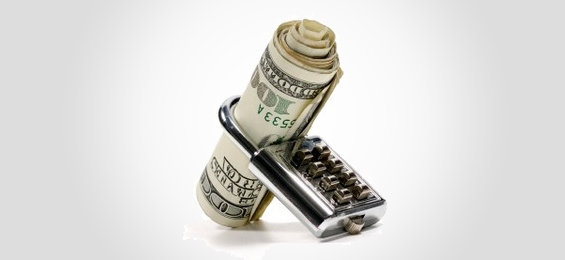Everyone hopes to get their security deposit back when they move out of any apartment. Renters usually take time to clean an apartment and thoroughly check a property before moving out. Unfortunately, many landlords may still find reasons to withhold a portion or all of a security deposit once they review the property. No matter how much you trust your landlord, it’s always a good idea to take extra precautions while living in a rental unit. To protect you and your money, consider the following tips to ensure you receive your full security deposit:
1. Research the landlord beforehand
In this day and age, many Internet users around the world are taking to their computers to rate goods and services. If your landlord has a history of withholding deposits for frivolous reasons, you may be able to find that out before you move in. Take time to research the landlord, the leasing company, and anything associated with the property name.
2. Don’t leave anything
It may sound like a no brainer but leaving anything in the apartment can cost the renter multiple disposal fees. Even if the property came with a trash can, be sure that you empty out the trash before you leave. If you have furniture that you can’t afford to take with you, try to sell it or donate it before you leave the rental. Many donation companies will even come and pick up furniture at no cost to the owner. Boston Pads, an online real estate resource, notes that tenants should walk through the property numerous times before they leave for good. This will help to ensure that you haven’t forgotten any items. Even if you think that the items may be useful for the next tenants, it’s safer to just take the items with you.
3. Note the conditions at move in
In the excitement of moving into a new property, it can be tempting to take the easy route and not write down things that you notice are broken or not functioning properly. Reputable landlords and real estate agents provide tenants with a blank apartment condition statement form to fill out and return within 15 days of moving into your pad. Go through each item and physically ensure that it is in good condition. If you notice things like scratches, rust, or cracks, be sure to note these things in an apartment condition statement form. Make sure you provide the landlord a current list of all issues associated with the unit within 15 days of occupancy. Don’t assume that you won’t get charged for small imperfections as they can often add up to be quite costly. Be sure that your landlord files your checklist and that they acknowledge the damage you reported. If you have a camera, take dated photos of the damage and store them in a safe place. These photos can be used as evidence if you need to dispute the state of the property when it’s time to move out. It is always best before moving in to take as many pictures or videos as possible. Hopefully you are moving in before tenants are moving out! Sometimes tenants take too long to move out and that can cause friction. If you come to your apartment and the current tenants have not completely moved out yet it is best to call your landlord or property manager immediately and let them know.
4. Schedule to do the walk-through with the landlord
If possible, ask to do the final walk-through with the landlord so you can address what they notice. Work with the landlord before you move out to see if you can address the issues that you may have caused yourself. Perhaps they can recommend someone who can help fix that window your broke while moving out or perhaps the door that accidentally got scratched. In any event, good upfront communication is always the way to go. If you break or scratch something in a significant way, calling the landlord quickly often shows that you care rather than trying to hide something. This leads to the best relationship possible. And isn’t that what you want?











